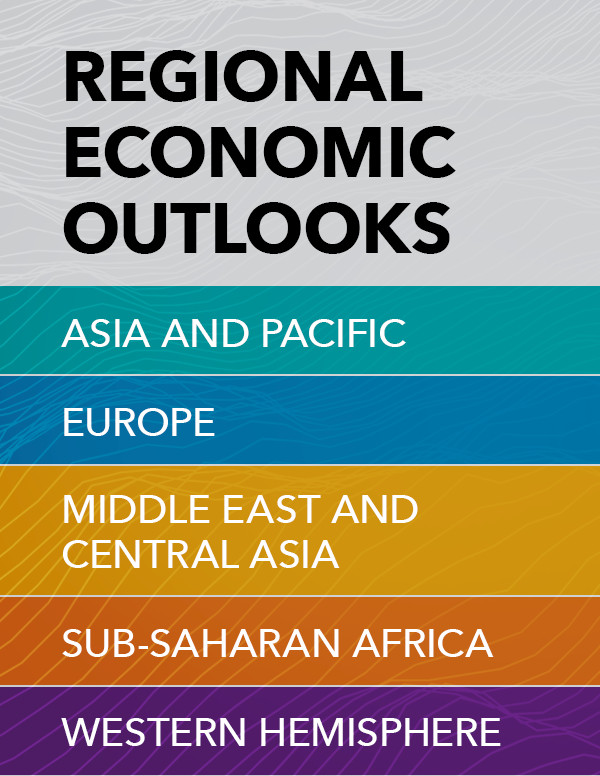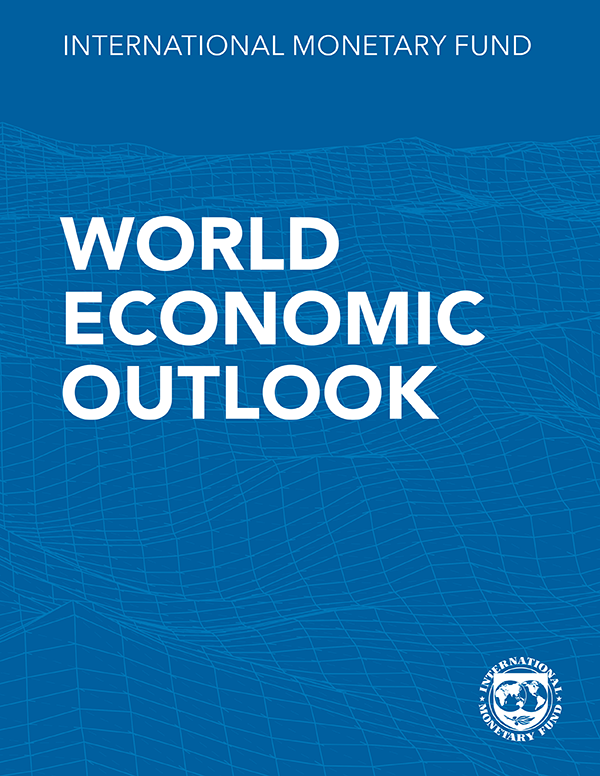Global growth is expected to remain stable yet underwhelming
Global growth is expected to remain stable yet underwhelming. However, notable revisions have taken place beneath the surface since April 2024, with upgrades to the forecast for the United States offsetting downgrades to those for other advanced economies, in particular, the largest European countries. Likewise, in emerging market and developing economies, disruptions to production and shipping of commodities—especially oil—conflicts, civil unrest, and extreme weather events have led to downward revisions to the outlook for the Middle East and Central Asia and that for sub-Saharan Africa. These have been compensated for by upgrades to the forecast for emerging Asia, where surging demand for semiconductors and electronics, driven by significant investments in artificial intelligence, has bolstered growth, a trend supported by substantial public investment in China and India. Five years from now, global growth should reach 3.1 percent—a mediocre performance compared with the prepandemic average.
As global disinflation continues, services price inflation remains elevated in many regions, pointing to the importance of understanding sectoral dynamics and of calibrating monetary policy accordingly, as discussed in Chapter 2. With cyclical imbalances in the global economy waning, near-term policy priorities should be carefully calibrated to ensure a smooth landing. At the same time, structural reforms are necessary to lift medium-term growth prospects, while support for the most vulnerable should be maintained. Chapter 3 discusses strategies to enhance the social acceptability of these reforms—a crucial prerequisite for successful implementation.
Chapter 1: Global Prospects and Policies
Global growth is expected to remain stable yet underwhelming. As disinflation continues, a smooth landing is within reach. However, the balance of risks is tilted to the downside: geopolitical tensions could flare up; sudden eruptions in financial market volatility could tighten financial conditions; problems in China’s property sector could generate global spillovers via their effect on global trade, as could rising protectionism and continued geoeconomic fragmentation; and disruptions to the disinflation process could prevent central banks from easing monetary policy, adding challenges to fiscal policy and financial stability. Amid numerous threats, it is time for a policy pivot. With monetary policy easing, shifting gears on fiscal policy to ensure sustainable debt dynamics and rebuilding of buffers is appropriate. Advancing structural reforms to boost long-term growth and accelerating the green transition remains as necessary as ever.
Chapter 2: The Great Tightening: Insights from the Recent Inflation Episode
The recent global inflationary experience was characterized by large sectoral demand shifts amid supply disruptions and unprecedented fiscal and monetary stimulus. Chapter 2 shows that the pass-through of sectoral price pressures to core inflation, and the shifting and steepening of the Phillips curve are essential to understanding the global inflation surge. This is consistent with key sectors hitting their supply bottlenecks as demand rotated across sectors and was boosted by a drawdown of savings. The chapter offers a new monetary policy lesson and confirms an old one. In extreme cases with widespread sectoral supply bottlenecks and strong demand, inflation can surge, but tighter policy can bring it down quickly with limited output costs. Outside of such cases, when supply bottlenecks are confined to specific sectors, conventional policy rules perform well.
Chapter 3: Understanding the Social Acceptability of Structural Reforms
Structural reforms are urgently needed as the world grapples with low growth, demographic shifts, and challenges related to the green and technological transitions. However, reform efforts have waned in recent years amid rising public resistance. Chapter 3 delves into the social acceptability of structural reforms, exploring the drivers of public attitudes and the effectiveness of various strategies to increase support. It finds that resistance often stems from perceptions, misinformation, and trust deficits rather than economic self-interest. The chapter shows that information strategies that raise awareness of the need for reform and correct misperceptions about how policies work can boost support. Effective strategies must be backed by strong institutional frameworks that foster trust and a two-way dialogue among stakeholders and the public. Expanding policymaking toolkits to incorporate citizens’ views can lead to greater social acceptance and successful implementation of reforms.
Publications

-
September 2024
Finance & Development
- PRODUCTIVITY

-
September 2024
Annual Report
- Resilience in the Face of Change

-
Regional Economic Outlooks
- Latest Issues













